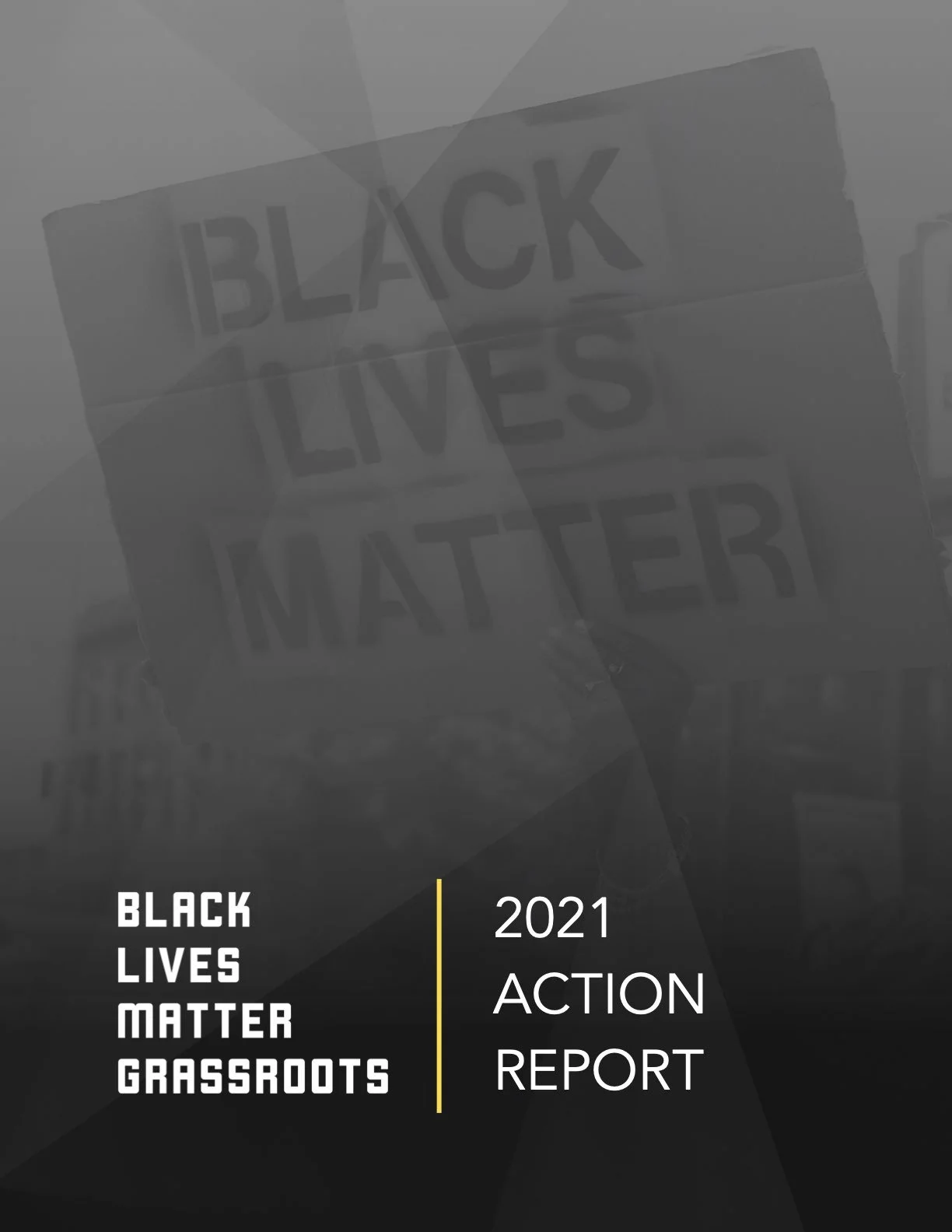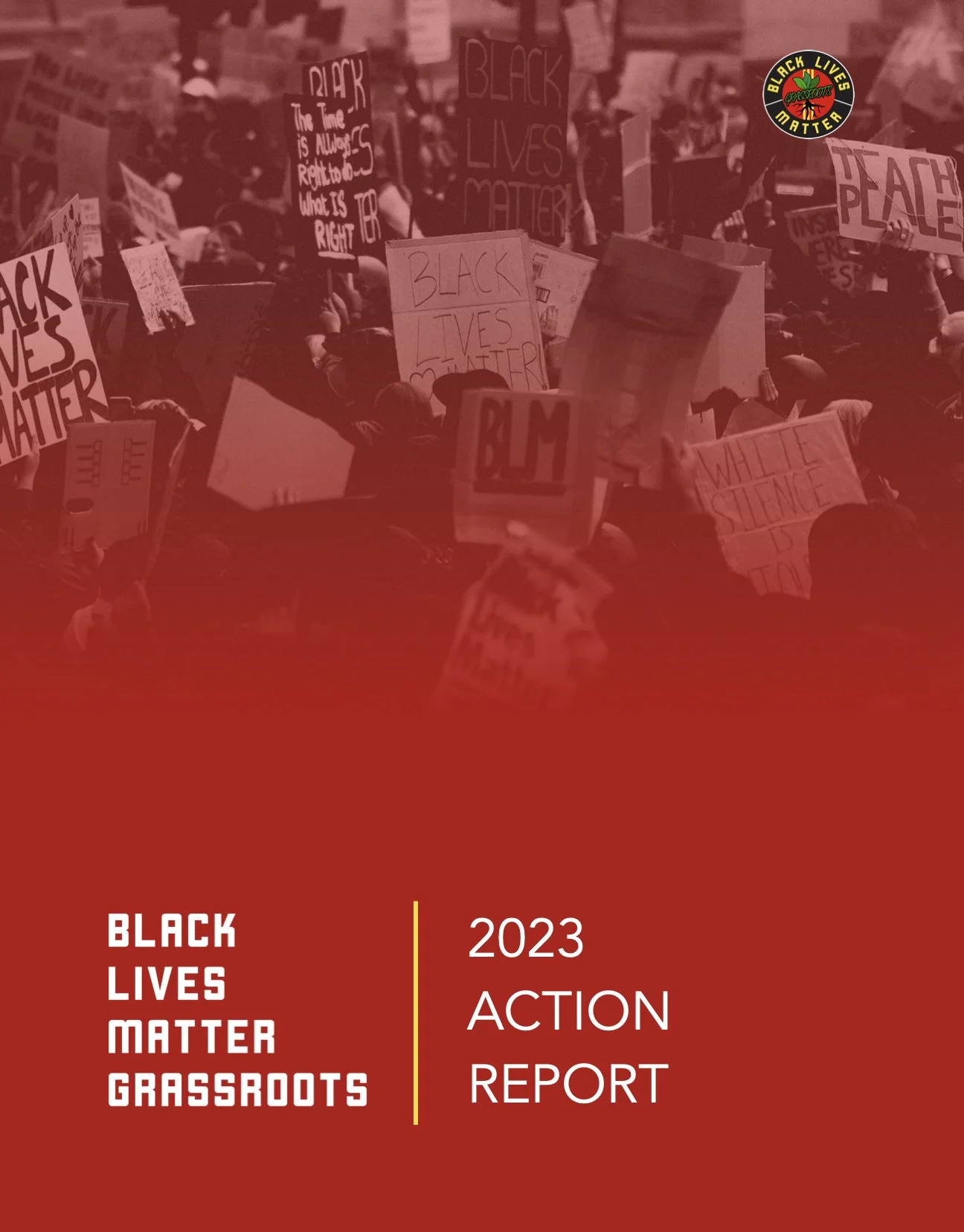APA CITATION: Davis III, C. H. F., Mustaffa, J. B., King, K., & Jama, A. (2020). Legislation, Policy, and the Black Student Debt Crisis. Washington D.C.: National Association for the Advancement of Colored People. Copyright © 2020, National Association for the Advancement of Colored People. All rights reserved.
Legislation, Policy, and the Black Student Debt Crisis
Charles H.F. Davis III, Jalil Mustaffa Bishop, Kyah King, and Ayan Jama
The student debt crisis has a disproportionate impact on Black borrowers and their families. Across all racial groups, Black borrowers hold the most student loan debt despite also being consistently underserved by postsecondary institutions — especially for-profit and private non-profit colleges — toward persistence and degree-completion. This is also true for Black students pursuing master’s and doctoral degrees, whereby 81% borrowed for graduate school. Additionally, although Black women are outpacing Black men in terms of college enrollment, they are also especially burdened in terms of the amount of student debt they acquire. By comparison, Black women hold 47% more student debt than White men and 27% more than White women. Altogether, the disparities in debt acquisition are compounded by the racial and gender pay gaps in which Black graduates — on average — earn 15% less than their White counterparts and are underemployed at two-thirds the rate of bachelor degree holders ages 25-34. These debt realities are set against the backdrop of Black families with college-aged children having a median income 70% of the overall median income in the United States. This signals that many Black students enter college with considerably fewer financial resources, which results in increased borrowing in addition to working while enrolled. Furthermore, Black students attending predominantly White institutions continue to experience various forms of racial and educational violence on campus prior to entering an inequitable labor market for Black degree-earners. For Black students attending Historically Black Colleges and Universities (HBCUs), despite experiencing welcoming environments and greater rates of academic success overall, their institutions remain woefully underfunded by comparison to PWIs. Therefore, serious interventions are needed toward the end of funding a higher education for the Black public good. This includes, but is not limited to, increased funding for HBCUs and predominantly Black institutions as well as the cancelation of current student debt and providing pathways to significantly reduce if not eliminate potential debt traps for Black students in the future.
Black Lives Matter Grassroots Annual Reports
Charles H.F. Davis III, Melina Abdullah, and Sheila Bates
In collaboration with Scholars for Black Lives, Dr. Charles H.F. Davis produce the annual Black Lives Matter Grassroots Action Report. The comprehensive report is developed to provide a national outlook of the on-the-ground organizing work of the everyday people working across the 39 chapters and 43 formations of the organization. Each annual report synthesizes dozens of individual reports submitted by each BLM Grassroots chapter and discusses the collective work across seven key areas of work: 1) Action, 2) Education, 3) Communications, 4) Development, 5) Public Policy, 6) Direct Support, and 7) Abolition.
Davis III, C. H. F. (2022). Black Lives Matter Grassroots 2021 Action Report. Los Angeles, CA: Black Lives Matter Grassroots. Copyright © 2022, Black Lives Matter Grassroots. All rights reserved.
Davis III, C. H. F. (2023). Black Lives Matter Grassroots 2022 Action Report. Los Angeles, CA: Black Lives Matter Grassroots. Copyright © 2023, Black Lives Matter Grassroots. All rights reserved.
Davis III, C. H. F., Abdullah, M., & Bates, S. (2024). Black Lives Matter Grassroots 2023 Action Report. Los Angeles, CA: Black Lives Matter Grassroots. Copyright © 2024, Black Lives Matter Grassroots. All rights reserved.
Davis III, C. H. F., Abdullah, M., & Bates, S. (Forthcoming). Black Lives Matter Grassroots 2024 Action Report. Los Angeles, CA: Black Lives Matter Grassroots. Copyright © 2025, Black Lives Matter Grassroots. All rights reserved.





